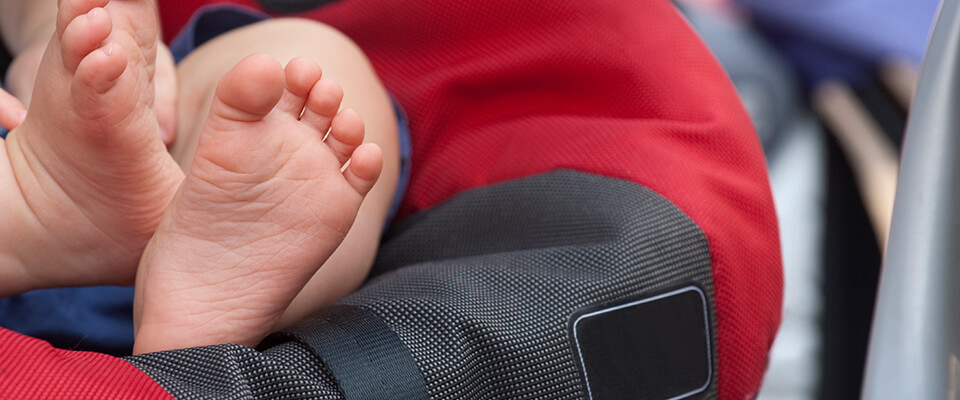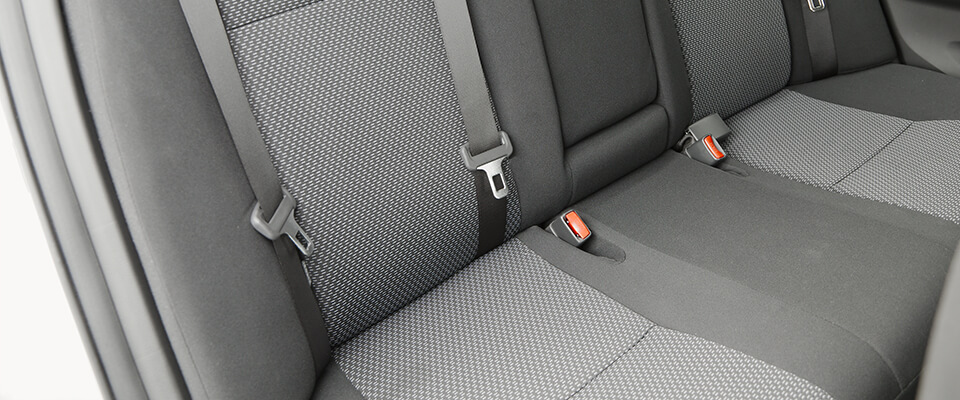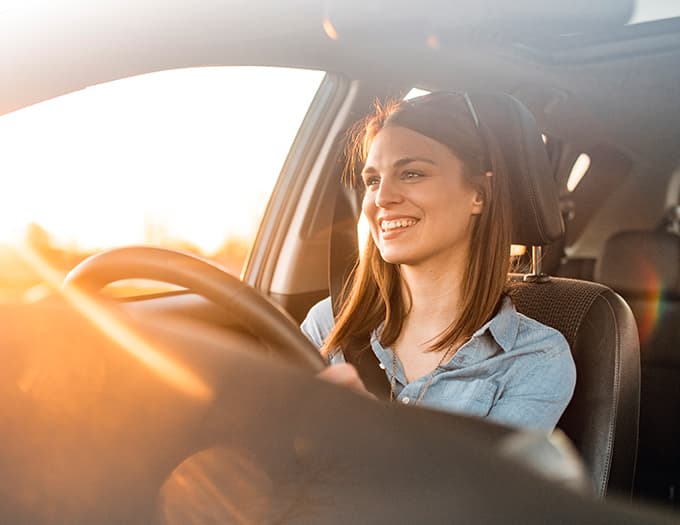The UK Consumers' Association, Which?, conducted research into child car seats that shocked many by revealing child car seats are regularly fitted incorrectly. Worryingly, 90% of the employees of 42 major stores selling car seats, failed to fit them correctly when tested. So what hope do the rest of us have? Isofix is a standard fitting found in many models of cars that makes fitting child seats much easier – and virtually foolproof. Although it won’t affect your car insurance, it is another layer of safety offered by many modern car makes. So how do you know if your car is fitted with Isofix – and that it’s the right one for your child’s seat?

What is Isofix?
Isofix is the international standard for child car seat fittings in cars. It’s an attachment that’s built into your vehicle by the car manufacturer that matches clasps on many mainstream child car seats. It allows you to simply click the child seat into place, locking it directly into the body of the car. Many Isofix-compatible car seats are fitted with indicators to show you that it’s fitted correctly. Some car seats come with additional tethers, and with some you also use the seat belt for additional security.
Isofix is also known as LATCH in the US or CANFIX in Canada, and sometimes as UCSS (Universal Child Safety Seat System). As a ‘standard’ car seat, it’s not exactly standard, but it goes a long way to improving the safety of your child in the car. There are many different types of Isofix fittings so you need to be sure that the one in your car matches the one on your child’s car seat.
Is my car fitted with Isofix?
First things first: is your car fitted with Isofix? You can check with the child seat manufacturer – many have a list on their website that shows which Isofix-fitted cars work with which Isofix-fitted seats. You can also check along the join in your back seat, you should find a tag with the Isofix logo on it – and feel the two attachment points.
Your car’s handbook should also say whether it’s fitted with Isofix, where to locate them and what kind of car seats that particular version is compatible with.
Then there’s the top tether. Many Isofix-fitted cars also have a fabric strip that secures the child seat to a point behind the rear seat – generally the back of the seat, the boot or a point in the roof. Again, your car handbook should have all the information.

Shop around
Once you’ve figured out you have Isofix in your car, it’s a good idea to take your car to the shop when you’re buying a new child seat. They’ll be able to tell you which seats are compatible with your car and how to fit them correctly. The shop may also offer a service to fit the car seat into your car for you.
Is it really safer?
There’s a yes and a no answer to this. But, essentially, yes. Many non-Isofix seats are attached via seatbelts that have a certain amount of give in them in the event of a crash. This give absorbs some of the impact, so a child in the seat absorbs less. With Isofix, the seat is bolted directly into the body of the car, so the child could end up absorbing more impact. However, considering many non-Isofix car seats are fitted incorrectly, this greatly reduces their ability to protect a child in a crash. A properly fitted seat such as Isofix is always preferable. Nowadays, many Isofix seats also have a certain amount of give built in, making them better able to absorb some of the impact.
So, when shopping for a new car seat it’s important to do your research and see which car seat best suits your car, depending on whether it has Isofix or not.


